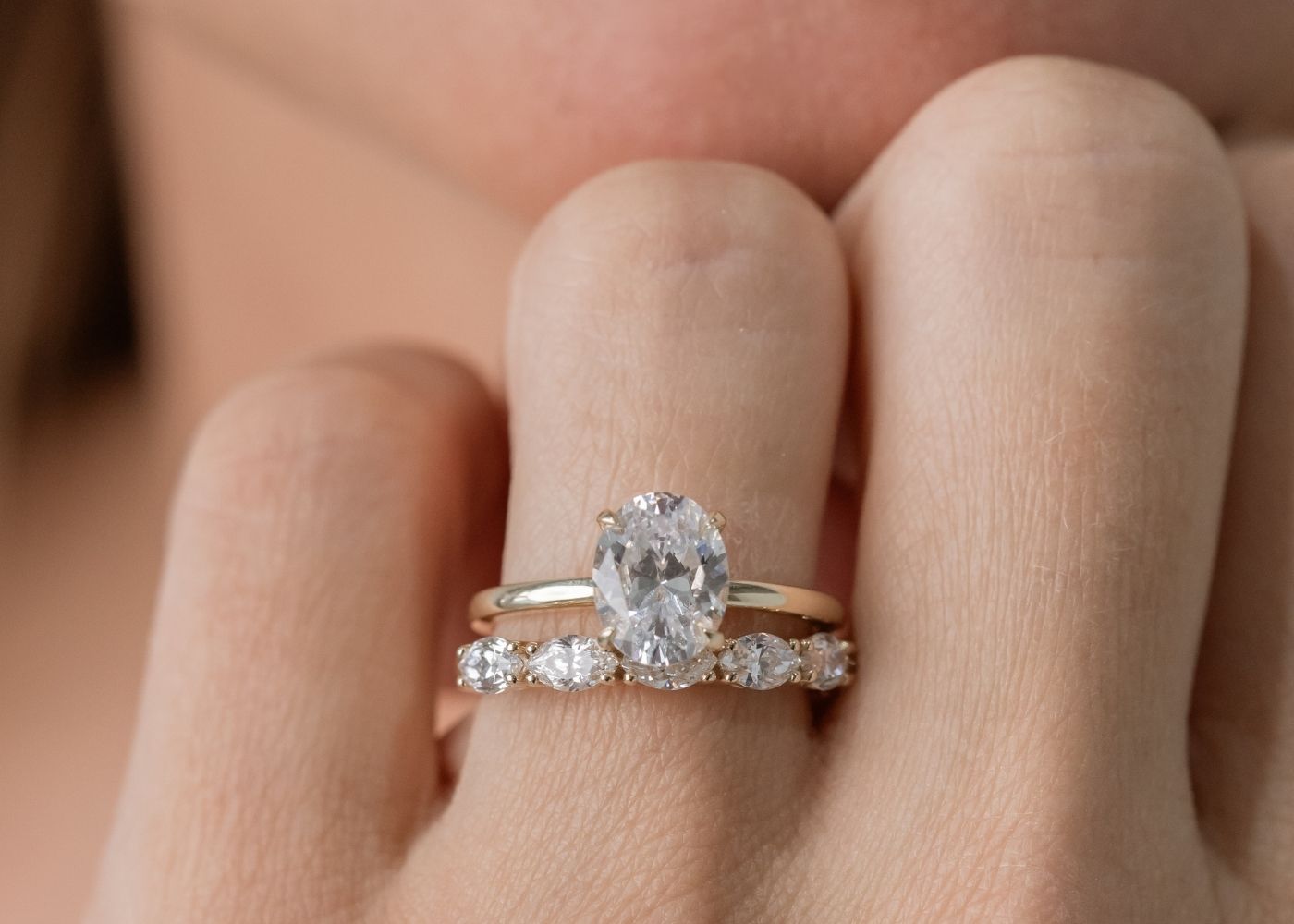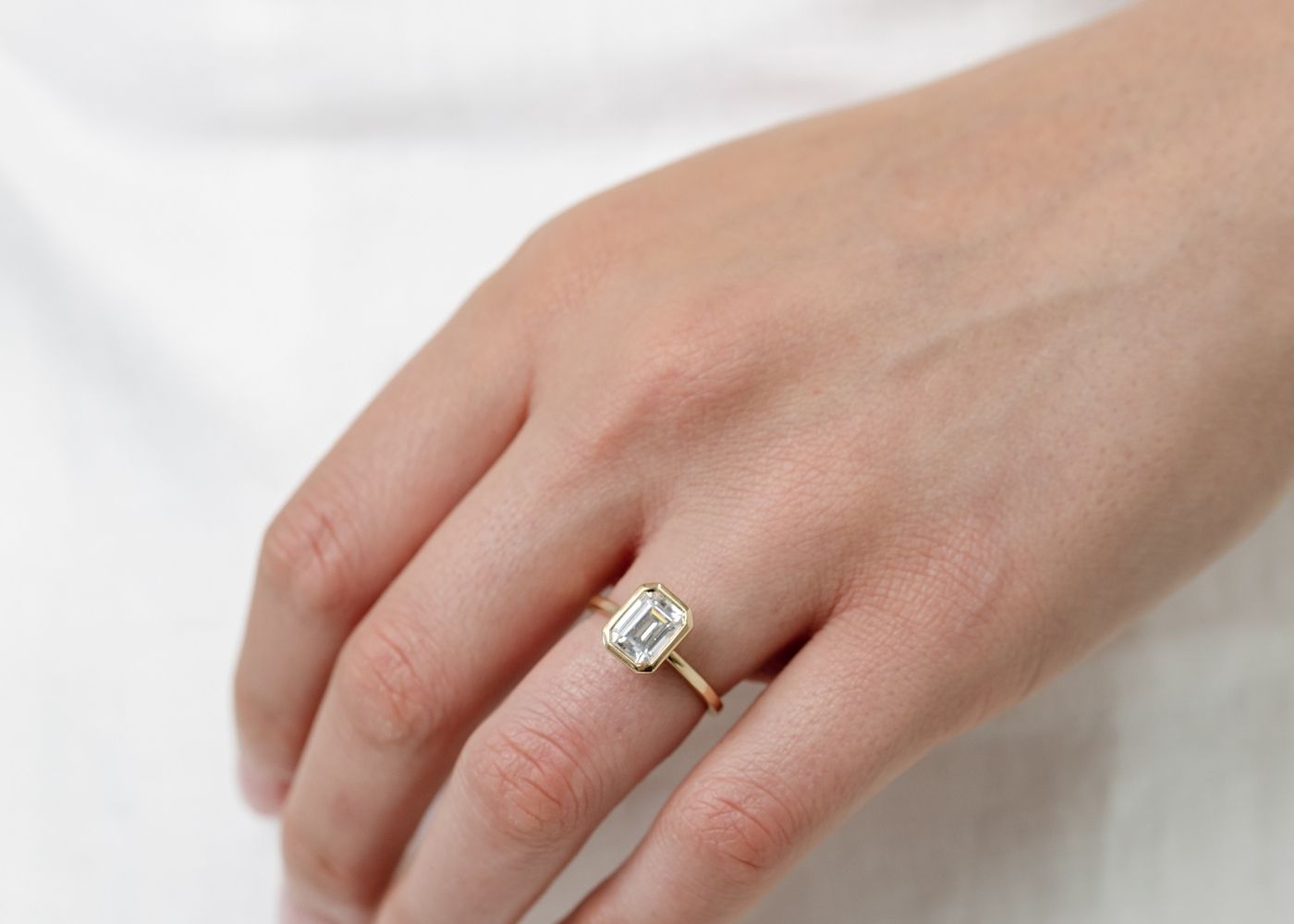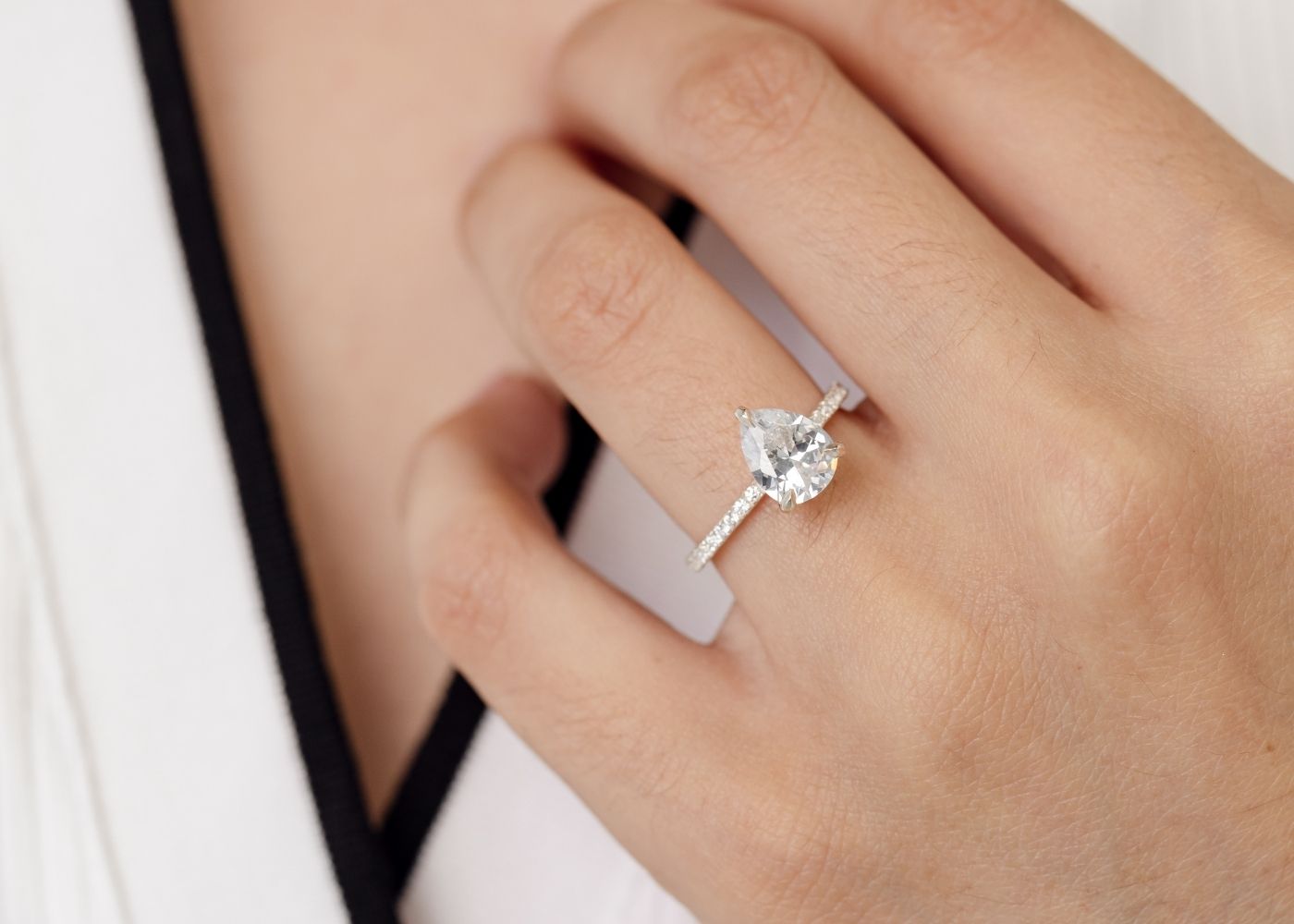Emerald
Emerald Characteristics and Grading
- The word 'emerald' is derived from the Latin word 'smaragdus', which came from the Ancient Greek word 'smáragdos' meaning 'green gem'.
- Emeralds are graded based on color, clarity, cut, and carat weight.
- Color is the most important criterion in grading emeralds.
- Clarity is considered a close second in the grading of emeralds.
- Emeralds occur in hues ranging from yellow-green to blue-green, with the primary hue being green.
- Only medium to dark-toned emeralds are considered true emeralds.
- Emeralds tend to have numerous inclusions and surface-breaking fissures.
- Emeralds are graded by eye, and if they have no visible inclusions, they are considered flawless.
- Inclusions and fissures within an emerald are sometimes referred to as 'jardin' due to their mossy appearance.
- Eye-clean emeralds with a vivid primary green hue and minimal secondary hues command the highest prices.
Emerald Treatments and Enhancements
- Most emeralds are oiled as part of the post-lapidary process to fill in surface-reaching cracks and improve clarity and stability.
- Cedar oil and other liquids with similar refractive indexes are commonly used for treating emeralds.
- Epoxy resins are used for filling emeralds with many fractures.
- Treatments are typically applied in a vacuum chamber under mild heat to enhance absorption.
- The use of oil is accepted in the gem trade, but treated emeralds are worth less than untreated ones.
Emerald Mining
- Colombia is known for its emerald deposits.
- Emerald mining in Colombia has been studied extensively.
- The Eastern Cordillera of Colombia is a significant emerald mining region.
- The Kagem emerald mine in Zambia is a notable mining area.
- Zambia is known for producing high-quality emeralds.
- Brazil has a long history of emerald mining.
Famous Emeralds
- Chipembele, a 7,525-carat emerald from Zambia.
- Gachalá Emerald, one of the largest gem emeralds at 858 carats.
- Large, di-hexagonal prismatic crystal of 1,390 carats housed at the Mim Museum in Beirut.
- Empress Amélie of Brazil wore an emerald parure.
- Various Colombian emeralds of significant size and quality.
- The Patricia Emerald housed in the American Museum of Natural History.
- The St. Louis Emerald, also known as the 'Emeraude de Saint Louis.'
- The Gachala Emerald displayed at the National Museum of Natural History.
- The Hope Emerald featured at the Smithsonian Institution.
- Notable emeralds auctioned by Christies, including the Rockefeller Emerald and the Chalk Emerald.
History and Cultural Significance of Emeralds
- Emeralds have been prized and used in jewelry for thousands of years.
- Ancient civilizations such as the Egyptians, Greeks, and Romans valued emeralds for their beauty and symbolism.
- Cleopatra, the famous Egyptian queen, was known for her love of emeralds.
- The Spanish conquistadors discovered large emerald deposits in South America during the 16th century.
- Emeralds have been associated with various legends and myths throughout history.
- Emerald is the traditional birthstone for May and gemstone for the astrological sign of Cancer.
- Emerald City is a prominent location in 'The Wonderful Wizard of Oz'.
- Meenakshi Amman Temple in Madurai, India, has an idol made of emerald.
Emerald Mentions
https://harryandcojewellery.com.au/products/bezel-set-emerald-cuthttps://harryandcojewellery.com.au/pages/custom-engagement-rings
https://harryandcojewellery.com.au/blogs/news/how-often-should-you-clean-your-engagement-ring
https://harryandcojewellery.com.au/blogs/news/what-is-the-3-month-rule-for-engagement-rings
https://harryandcojewellery.com.au/blogs/news/engagement-ring-shopping-in-adelaide
https://harryandcojewellery.com.au/blogs/news/how-to-propose-without-an-engagement-ring
Emerald Data Sources
| Reference | URL |
|---|---|
| Glossary | https://harryandcojewellery.com.au/blogs/glossary/emerald |
| Wikipedia | http://en.wikipedia.org/wiki/Emerald |
| Wikidata | https://www.wikidata.org/wiki/Q43513 |
| Knowledge Graph | https://www.google.com/search?kgmid=/m/02qv1 |





